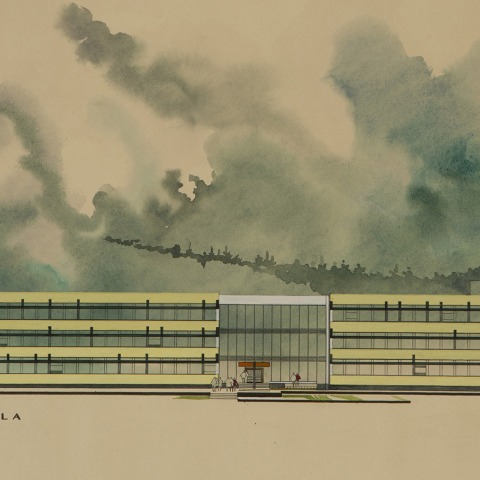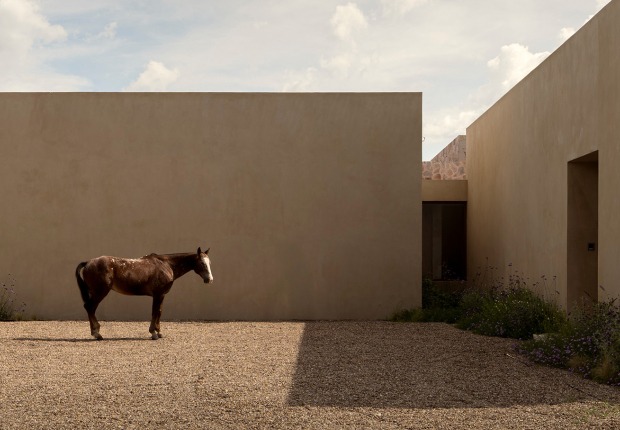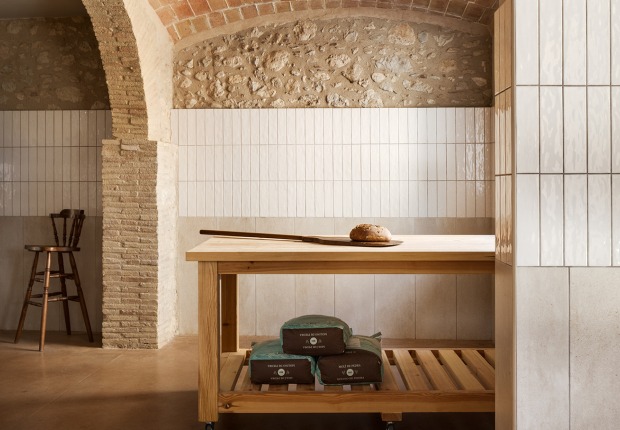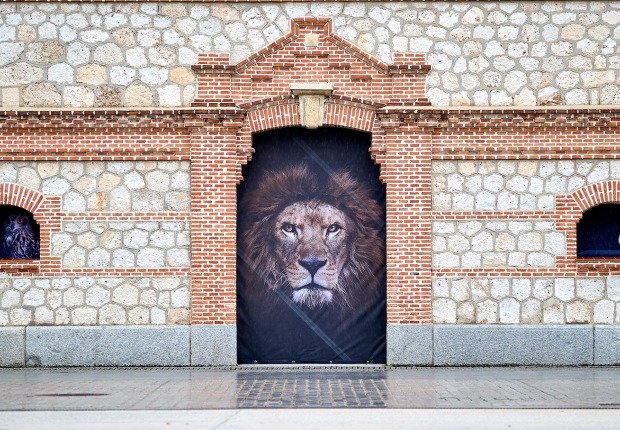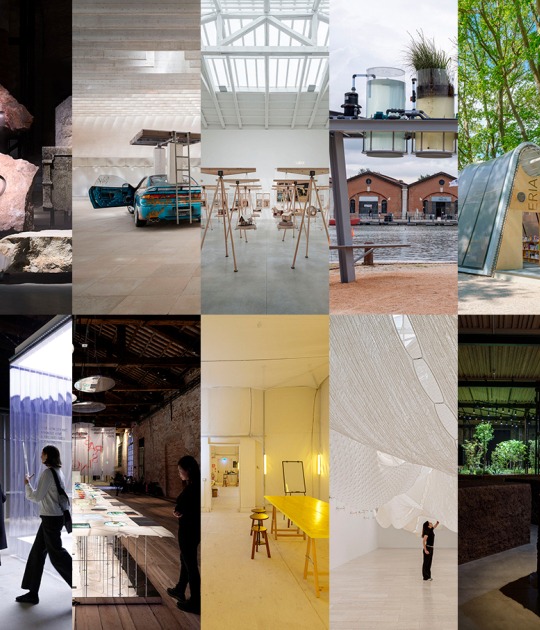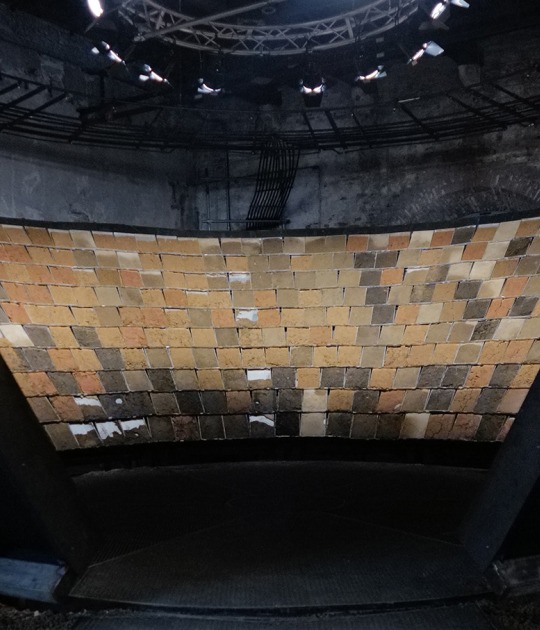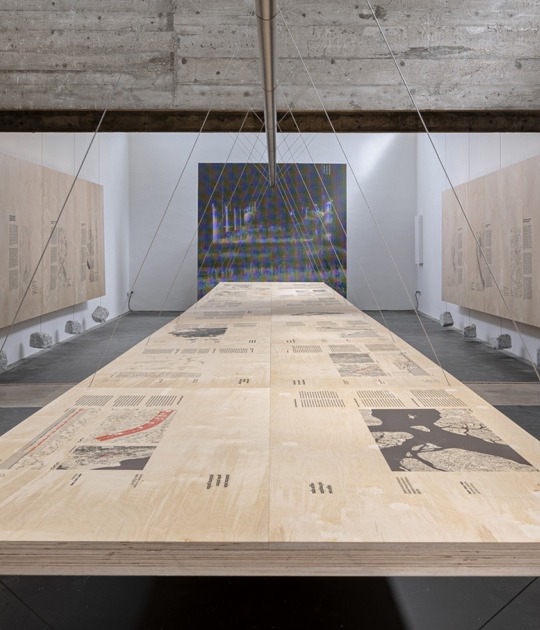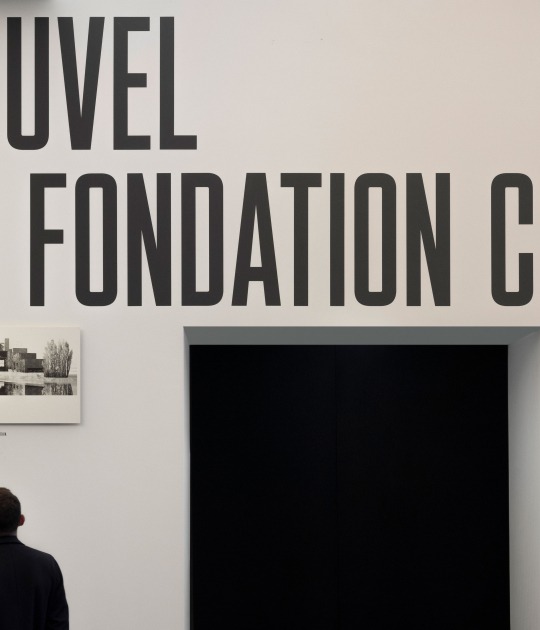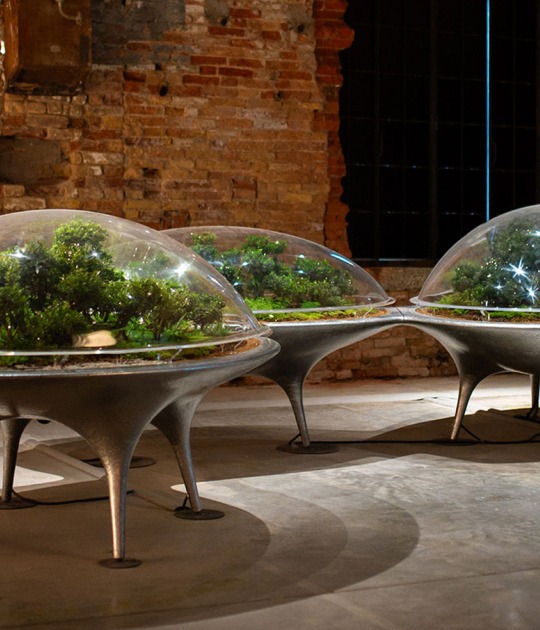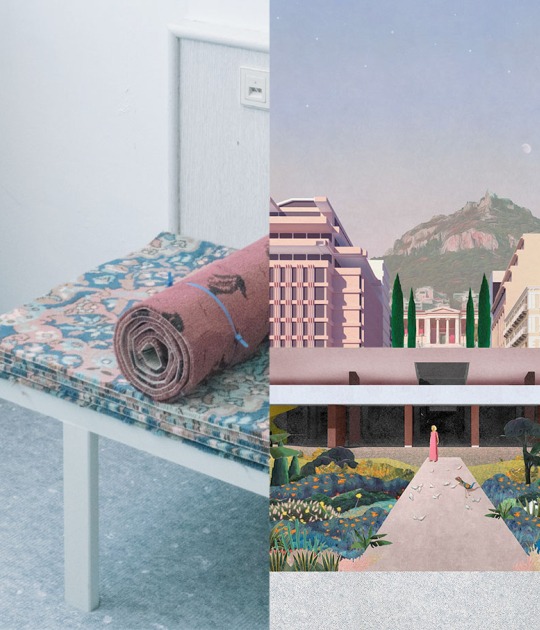Human Scale, the exhibition project by Muromuro Studio represents Romania at the 19th Venice Biennale International Architecture Exhibition through a time-sensitive artistic production by Vlad Nancă, which will highlight the diverse forms of intelligence—conceptual, historical, technological, artistic, and emotional—embodied in architectural drawing, inviting visitors to reflect on the intersection of visual arts and architecture.
"Building on Vlad Nancă’s artistic research, Human Scale proposes an answer to the Biennale theme focusing on ‘Collective Intelligence’ – specifically, how we can critically revisit 20th century architecture through architectural drawings. By looking at the people depicted in the drawings, we better understand architecture and the public space’s role, as intended and envisioned by the architects. By studying the original drawings and intentions of these 20th century architects, we hope new keys can be found to re-inventing our existing buildings and adapting them for 21st century life."
Cosmina Goagea, curator.
“Humans are the unifying element in architectural drawings, transcending time. By looking at how people are drawn throughout the 20th century, we hope to underline their relevance and centrality to architecture in the 21st century, challenging visitors to look at our built environment in a different way and think about how architecture works for the people.”
Artist, Vlad Nancă.
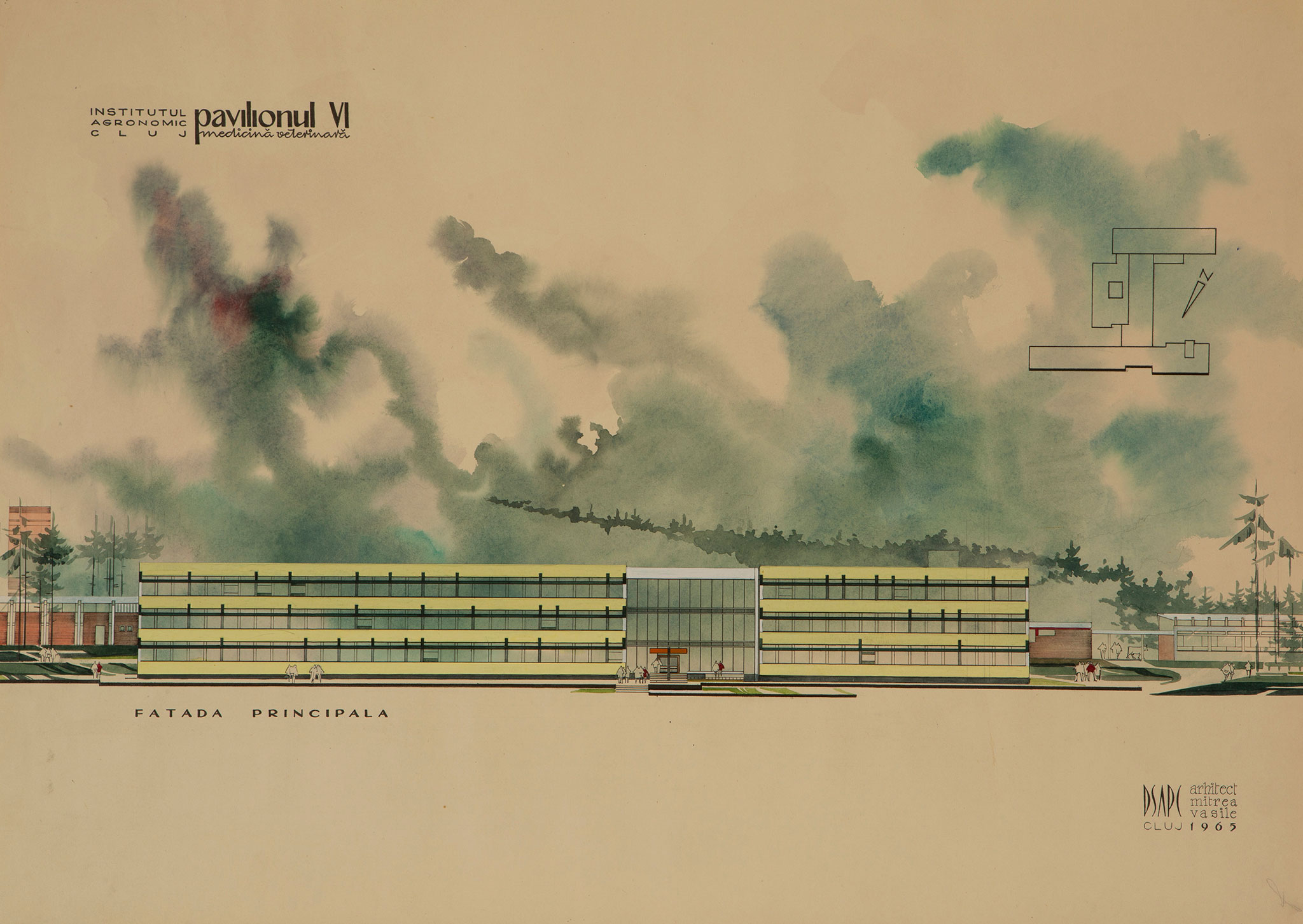
Vasile Mitrea, Dibujo del Pabellón de Medicina Veterinaria del Instituto Agronómico, "Human Scale", Romania representation at the 19th International Architecture Exhibition.
Since 2017, the artist Vlad Nancă has been developing a series of works at the intersection of drawing and sculpture, inspired by scale models in architectural drawings. Nancă enlarges these figures to human scale in a gesture he perceives as one of ‘liberation’ from the sketch, drawing attention to the presence of humans in architecture and their importance as a central and essential element in the built environment. Building on Nancă’s practice, Human Scale will explore the vital, emotional and symbolic functions of architecture.
A selection of chronologically arranged drawings will be on display, reconstructing a condensed social history of architecture imagined or built in Romania throughout the 20th century, marking moments, ideologies and schools of thought and controversies. A presentation of historical maps, from the 15th to 19th centuries, in which people appear as allegorical presences, will analyse the use of drawing as a tool for projecting political and social power, and the way architecture contributes to shaping collective identities and influencing historical narratives.
“In the Romanian Pavilion, a central, immersive installation is defined by massive translucent ‘sheets’ that fill the space. These diffuse, almost immaterial walls blur the exterior while highlighting those who engage with the space. The installation reverses focus: architecture “disappears,” placing human interaction at the forefront. The walls serve as a dialogue space between human silhouettes drawn from architectural drawings and the blurred figures of visitors. The installation subtly alters perception through shifts in scale, focus, and ambiguity, creating a meditative space where visitors rethink their relationship with the built environment and critically reflect on the future of architecture.”
Ioana Chifu and Onar Stănescu of Muromuro Studio.
The New Gallery of the RICHR will transform into a space for research and experimentation, showcasing the documentary resources behind Romania’s Human Scale exhibition in the form of an extensive archive of drawings by Romanian architects from the 20th century. The exhibition design supports in-depth study, featuring a central desk positioned between two pillars—one hosting an exhibition area and the other an archive structured by decade.
